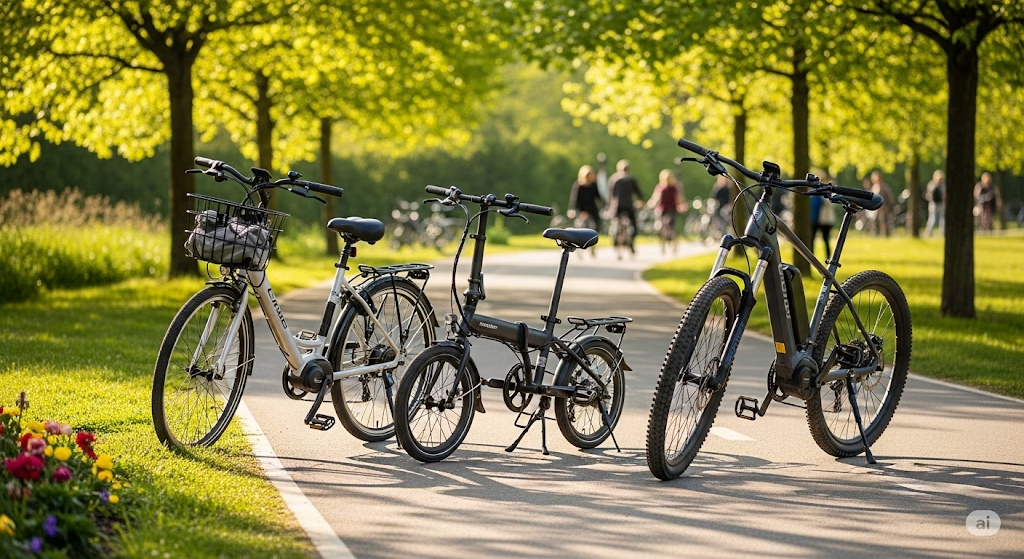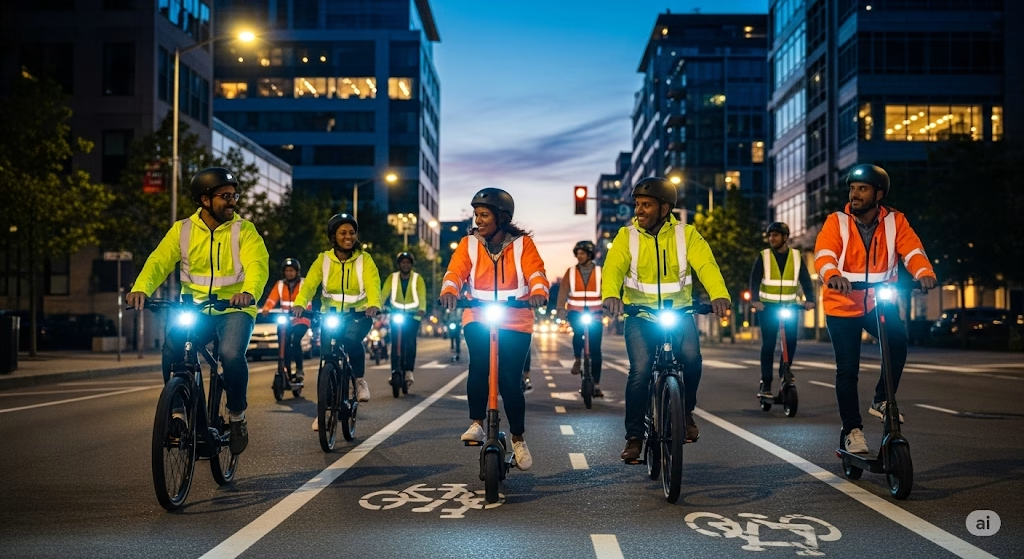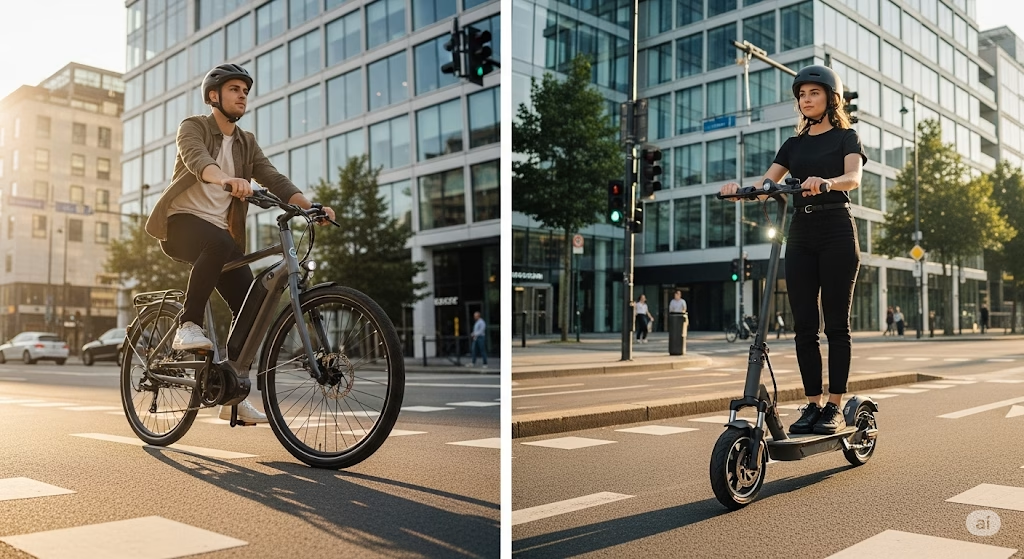The U.S. electric bike market is currently navigating a bumpy and unpredictable landscape, with new tariff policies sending shockwaves through the industry. While e-bikes have enjoyed a surge in popularity as a sustainable and affordable transportation alternative, recent tariff hikes, particularly on imports from China, are leading to significant price increases and supply chain disruptions. This shift is forcing manufacturers to make difficult choices, and consumers to face a new reality of higher costs and less stable pricing.
The New Tariff Landscape
The latest round of tariffs has dramatically altered the cost of importing e-bikes. In 2025, a series of new policies have been implemented, with the most significant impact on products from China. These tariffs, which are layered on top of existing duties, have resulted in import taxes on Chinese-made e-bikes soaring to a cumulative rate of 75-80% or even higher in some cases. For a bike that costs $500 to produce in China, the import tax alone can now be $375 or more, bringing the pre-shipping cost to over $875. This has created a massive financial burden for importers and retailers, who are now deciding whether to absorb the costs or pass them on to consumers.
In addition to tariffs on Chinese goods, the administration has also introduced new reciprocal tariffs on imports from other key manufacturing countries, including Taiwan, Vietnam, and Cambodia. While these rates are generally lower than those applied to China, they still represent a significant increase and further complicate the global supply chain for e-bike components.

Impact on Prices and Consumers
The most direct and immediate consequence of these new tariffs is a rise in consumer prices. Industry data shows that e-bike prices have already increased by an average of 10-15%, with some models seeing even steeper hikes. For many brands, the added import costs are simply too high to absorb without compromising their profit margins, forcing them to raise their retail prices. As pre-tariff inventory dwindles, these higher prices are becoming the new norm across the market.
For consumers, this means that the dream of an affordable e-bike for commuting or recreation is becoming more expensive. While brands that stocked up on inventory before the new tariffs may offer temporary deals, the long-term outlook points to a less accessible market. This is a particular concern for those who rely on e-bikes for daily transportation and for whom a price increase of a few hundred dollars can be a major barrier.
Industry Adaptation and Challenges
In response to the tariff chaos, e-bike companies are scrambling to adapt. Many are shifting their supply chains away from China to countries with lower tariff rates, such as Vietnam and Thailand. This diversification is a complex and time-consuming process that can lead to temporary shortages of certain models or components. Companies are also working to optimize their designs and production to minimize costs, and some are even exploring domestic assembly in the U.S. to reduce their tariff burden.
However, smaller brands and startups are particularly vulnerable to these sudden policy changes. They often lack the financial resources to absorb the increased costs or the logistical capacity to rapidly relocate their production. This could lead to market consolidation, with larger, more established companies weathering the storm while smaller players struggle to survive. The unpredictable nature of the tariffs also makes it difficult to plan for the future, hindering innovation and investment in the industry. As the situation continues to evolve, the e-bike market is facing a critical test of its resilience and adaptability.







Leave a Reply